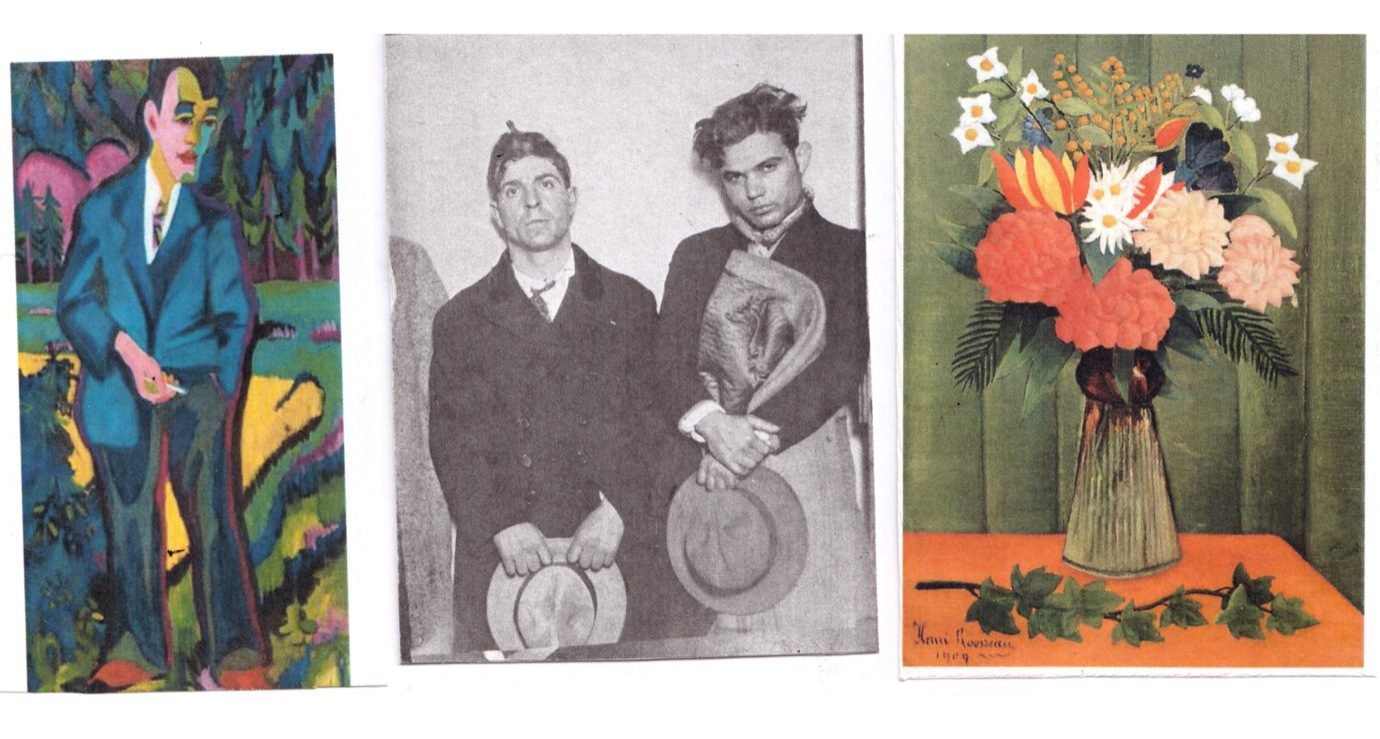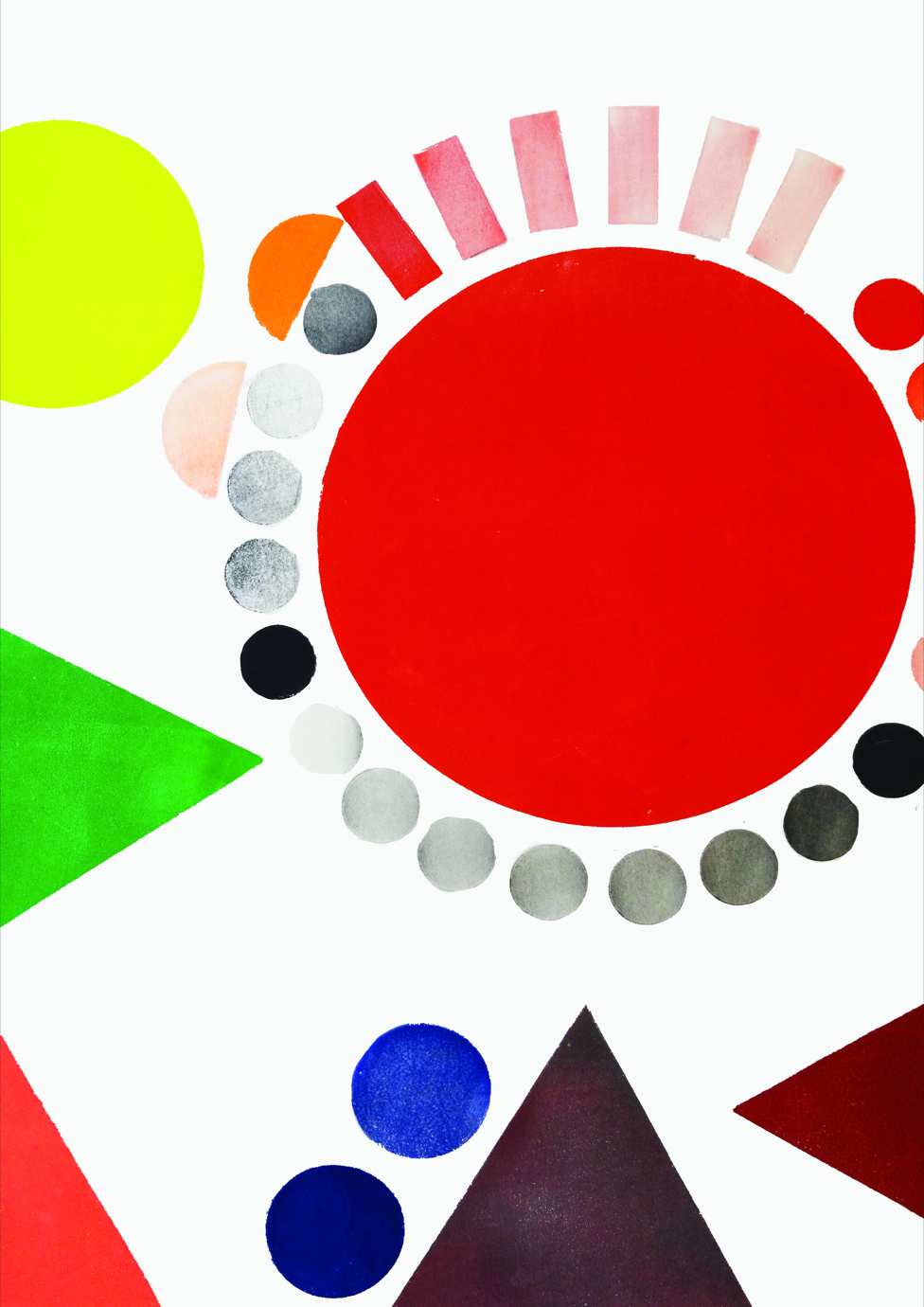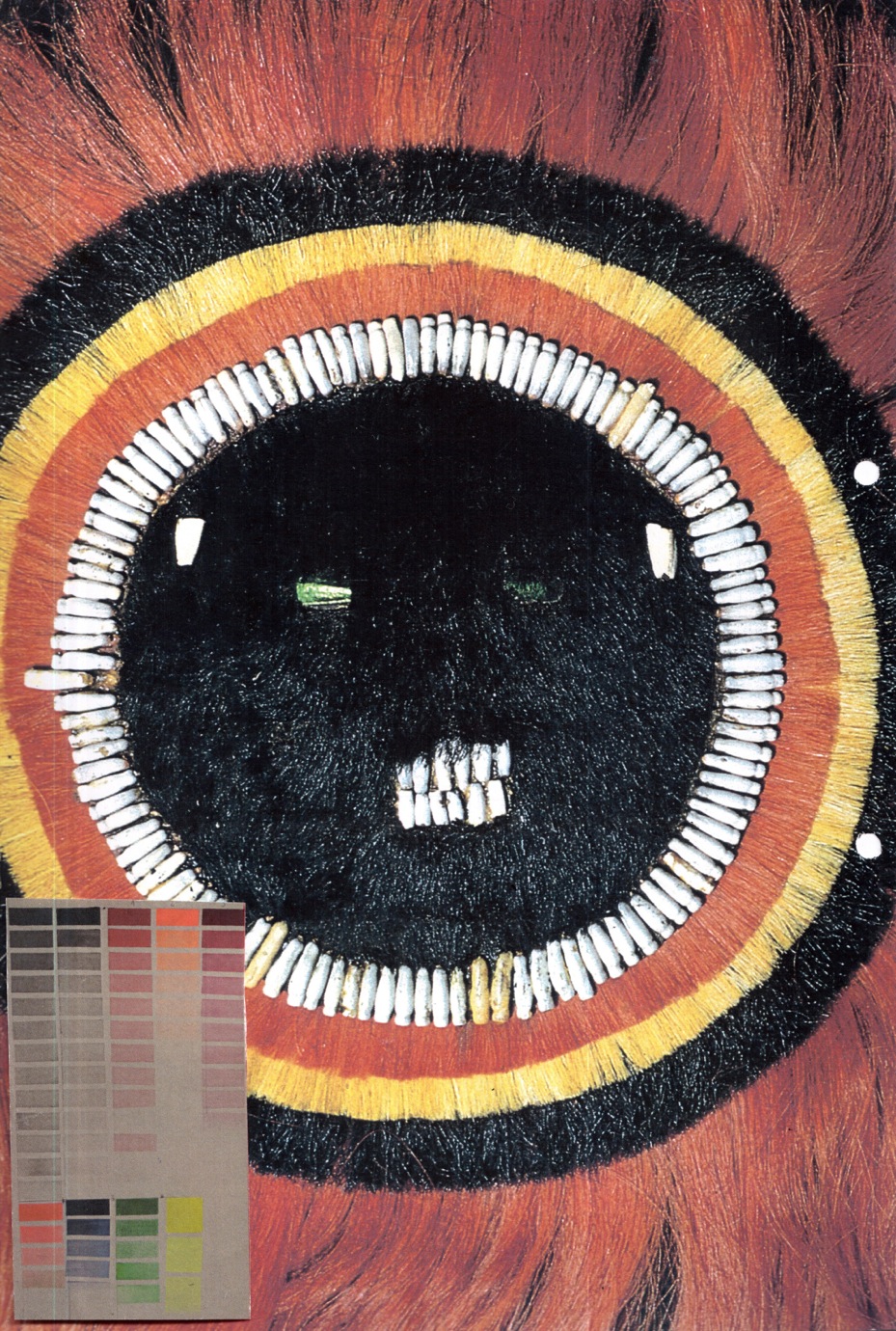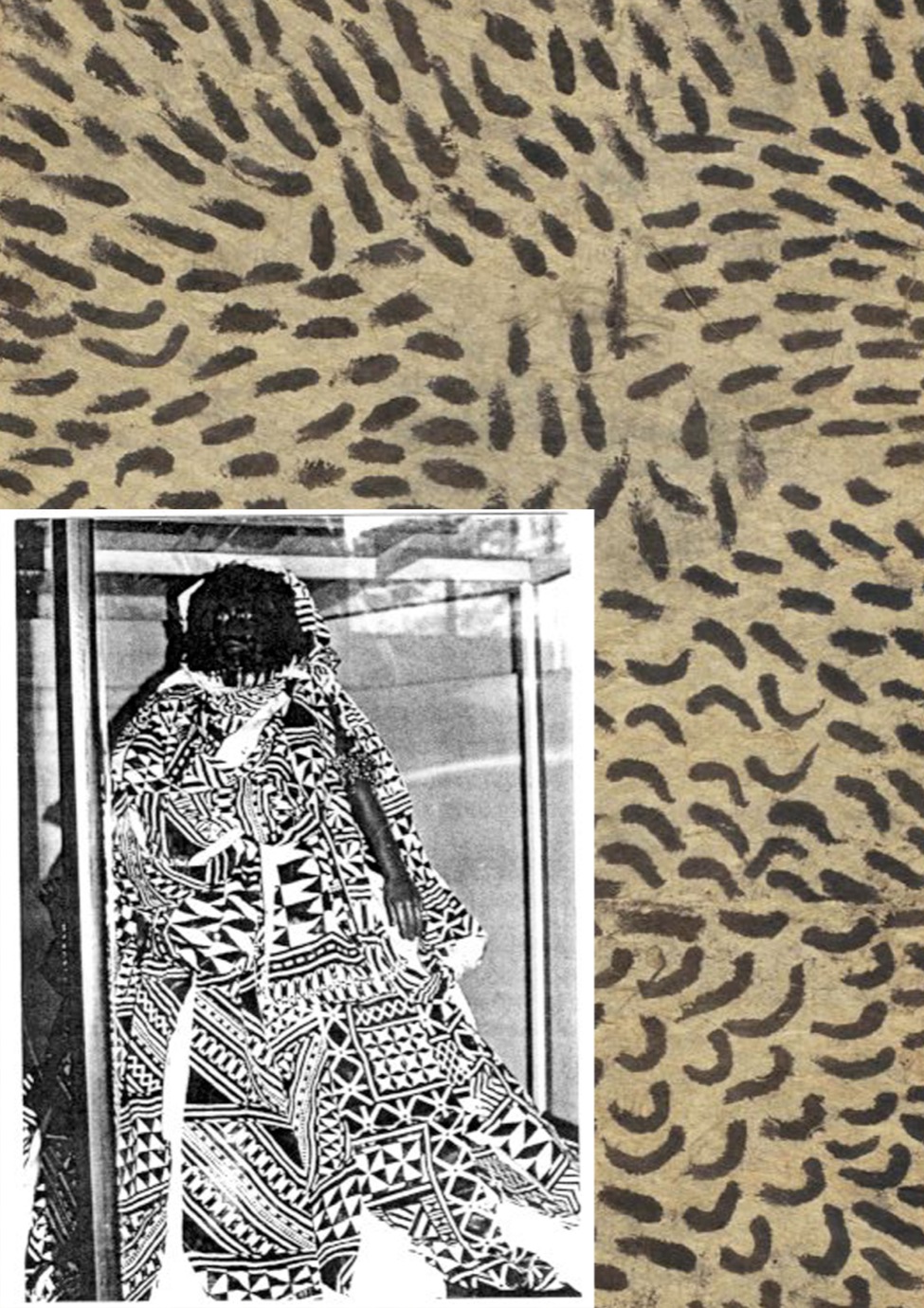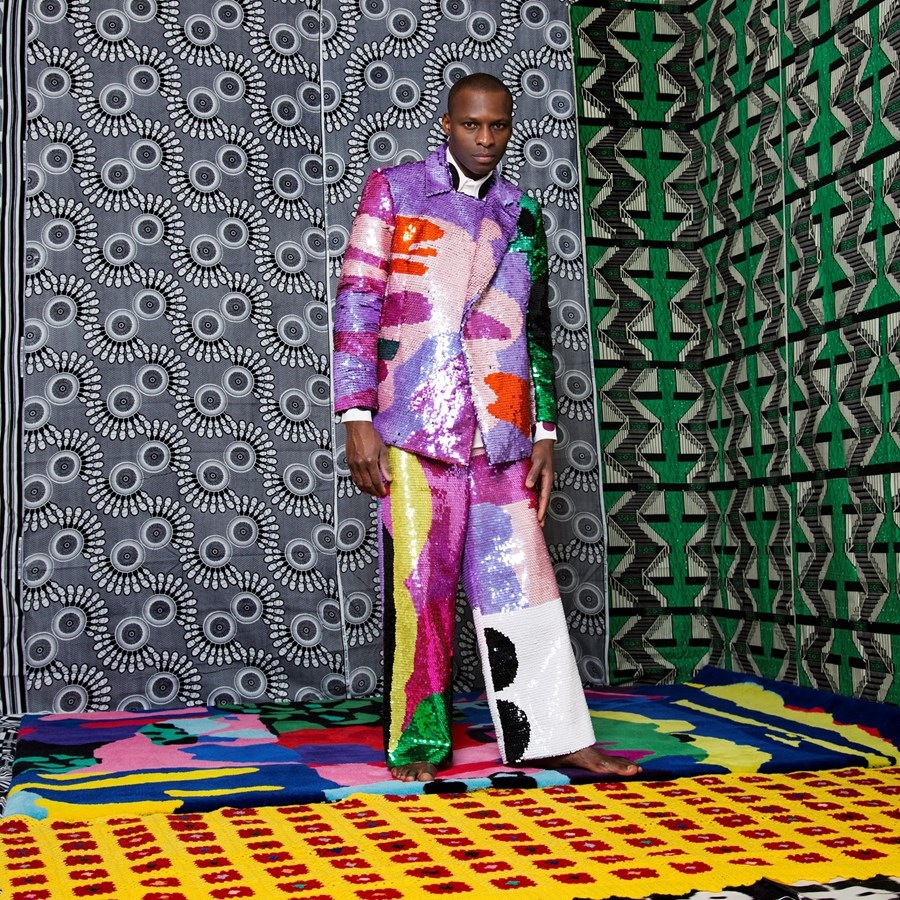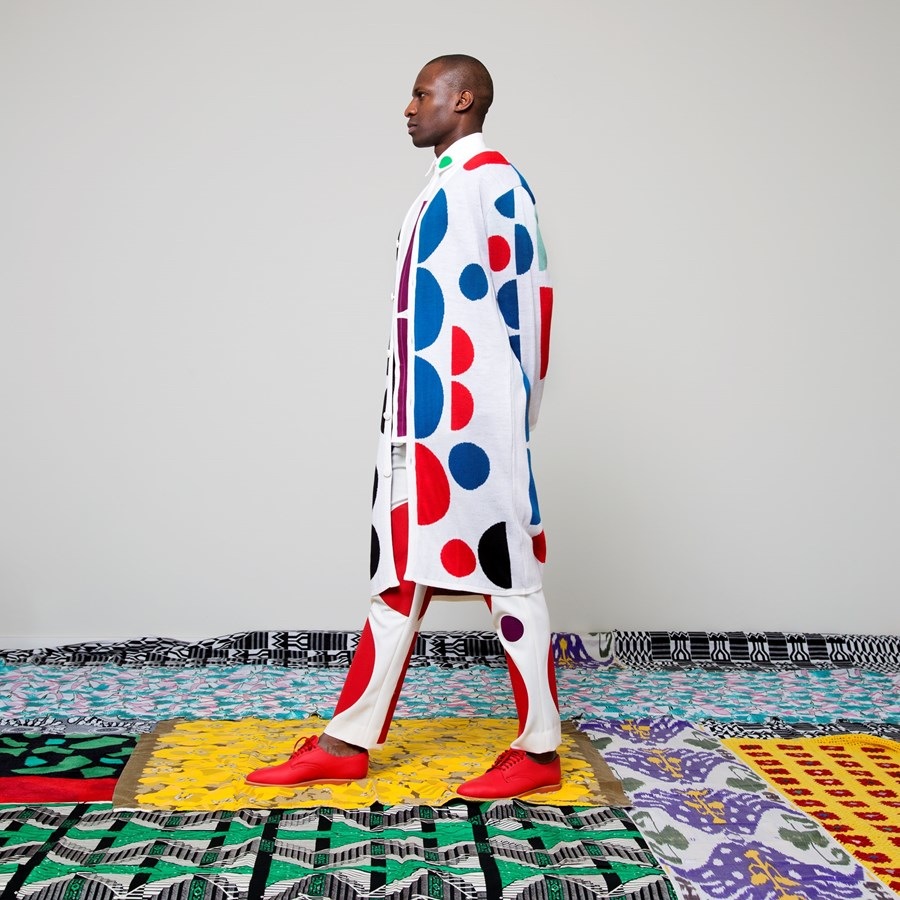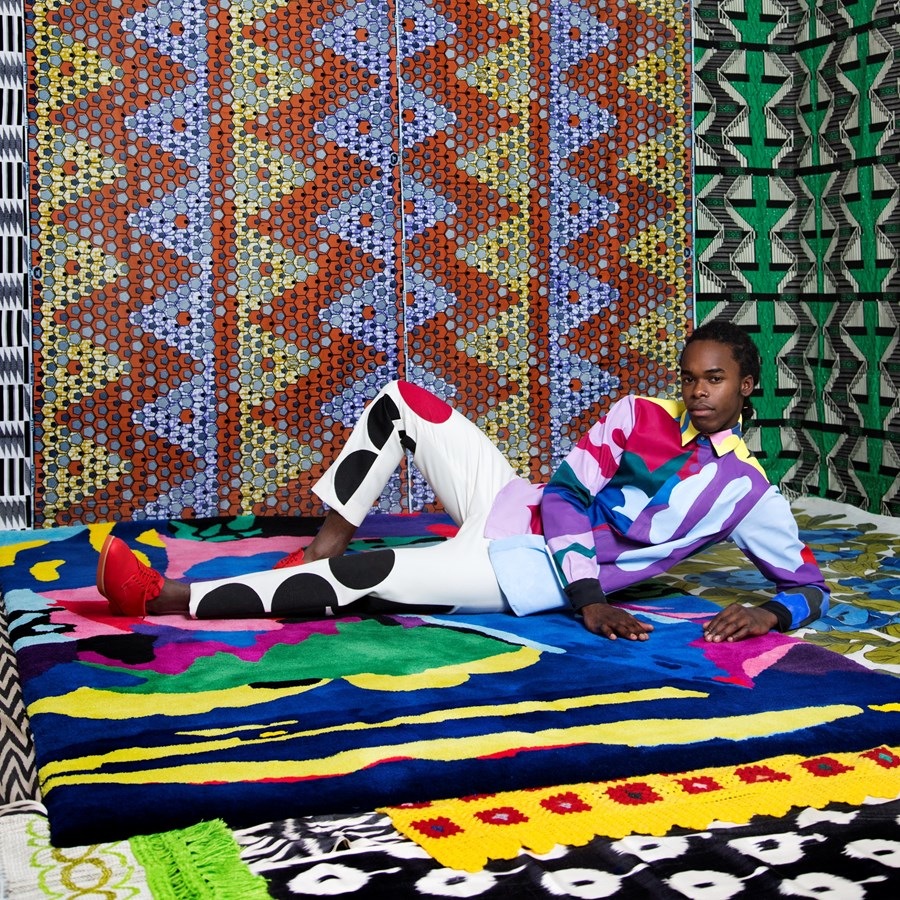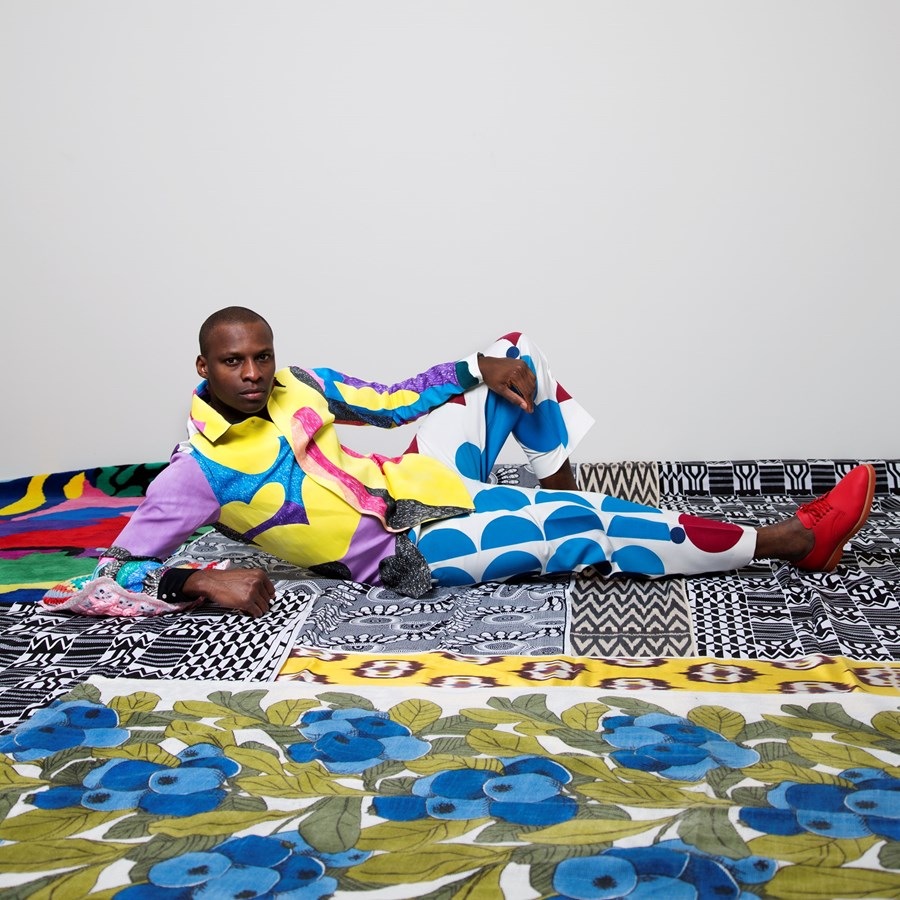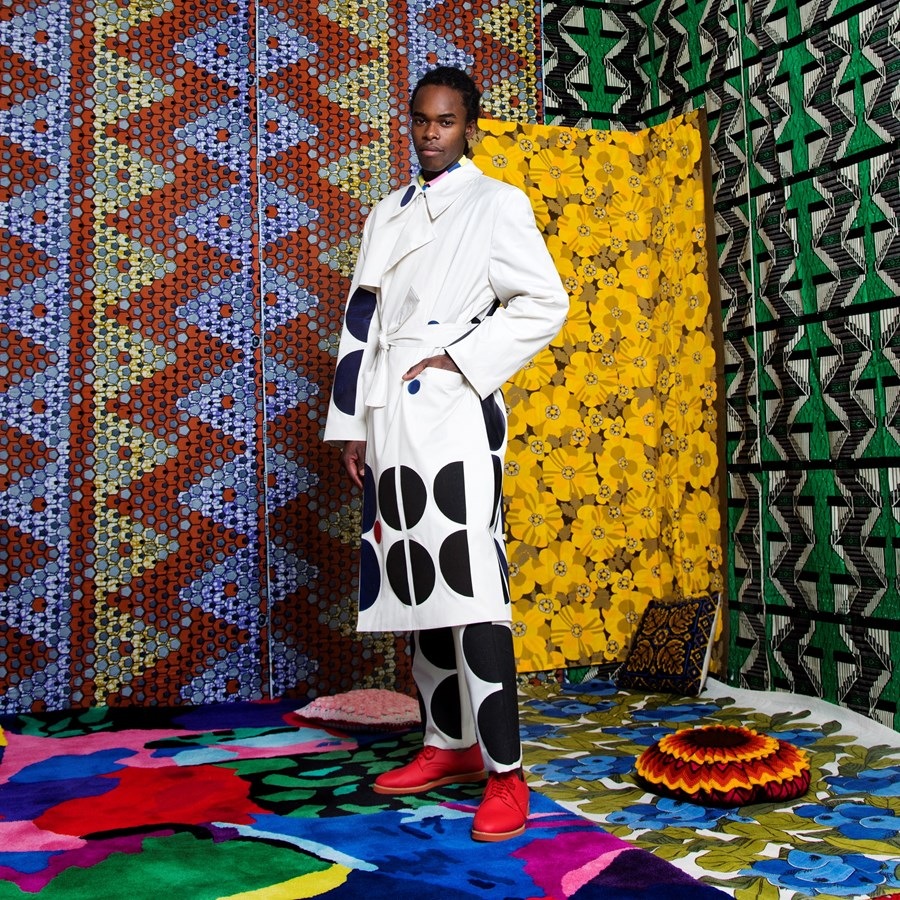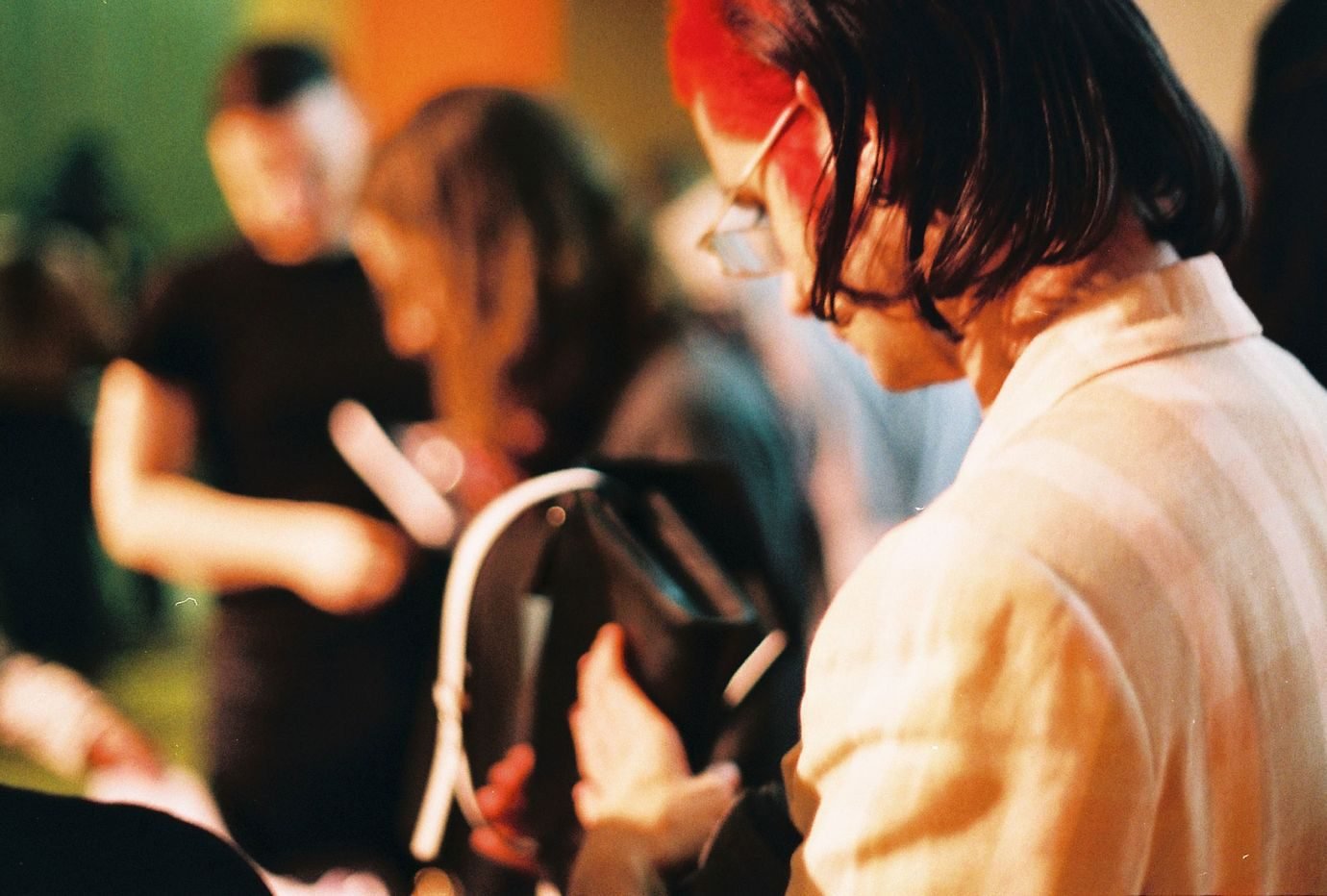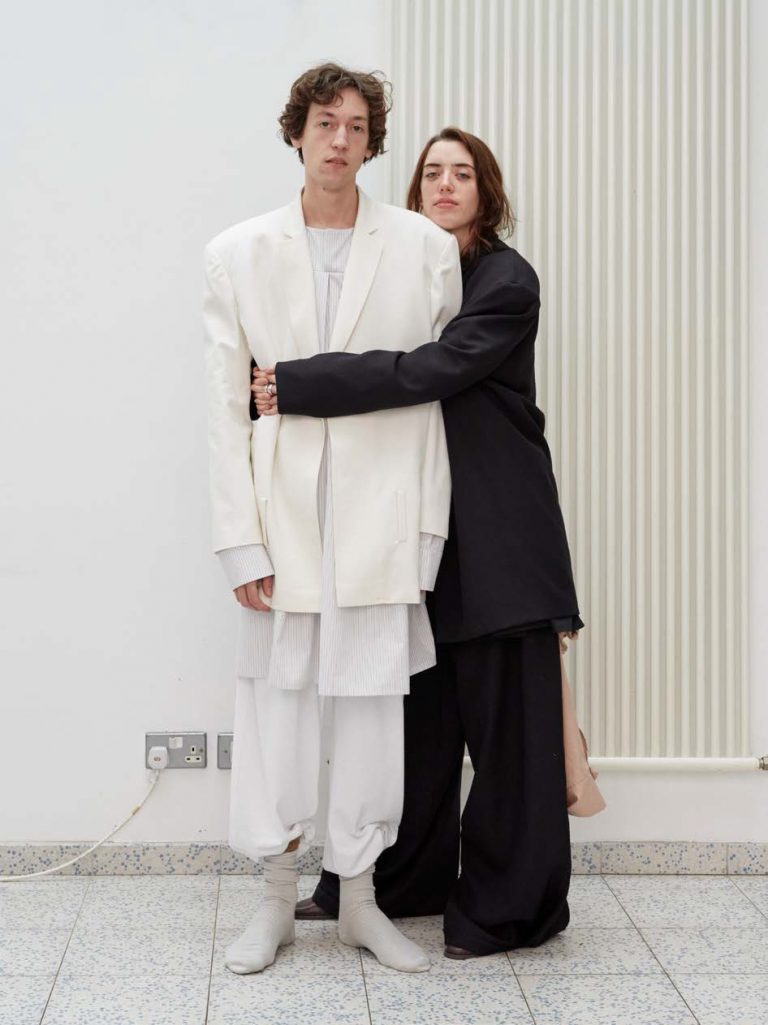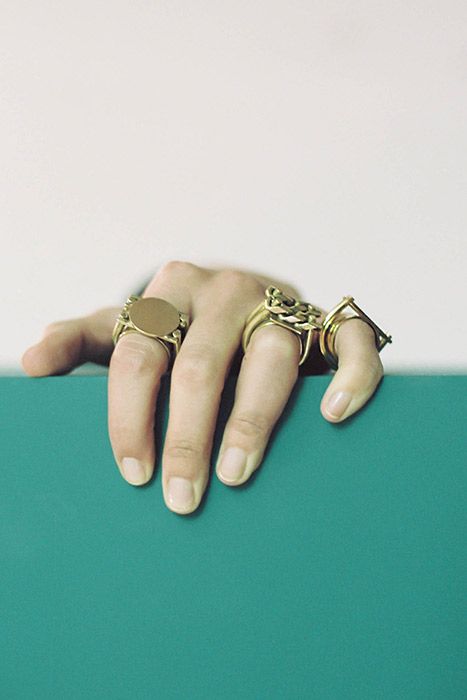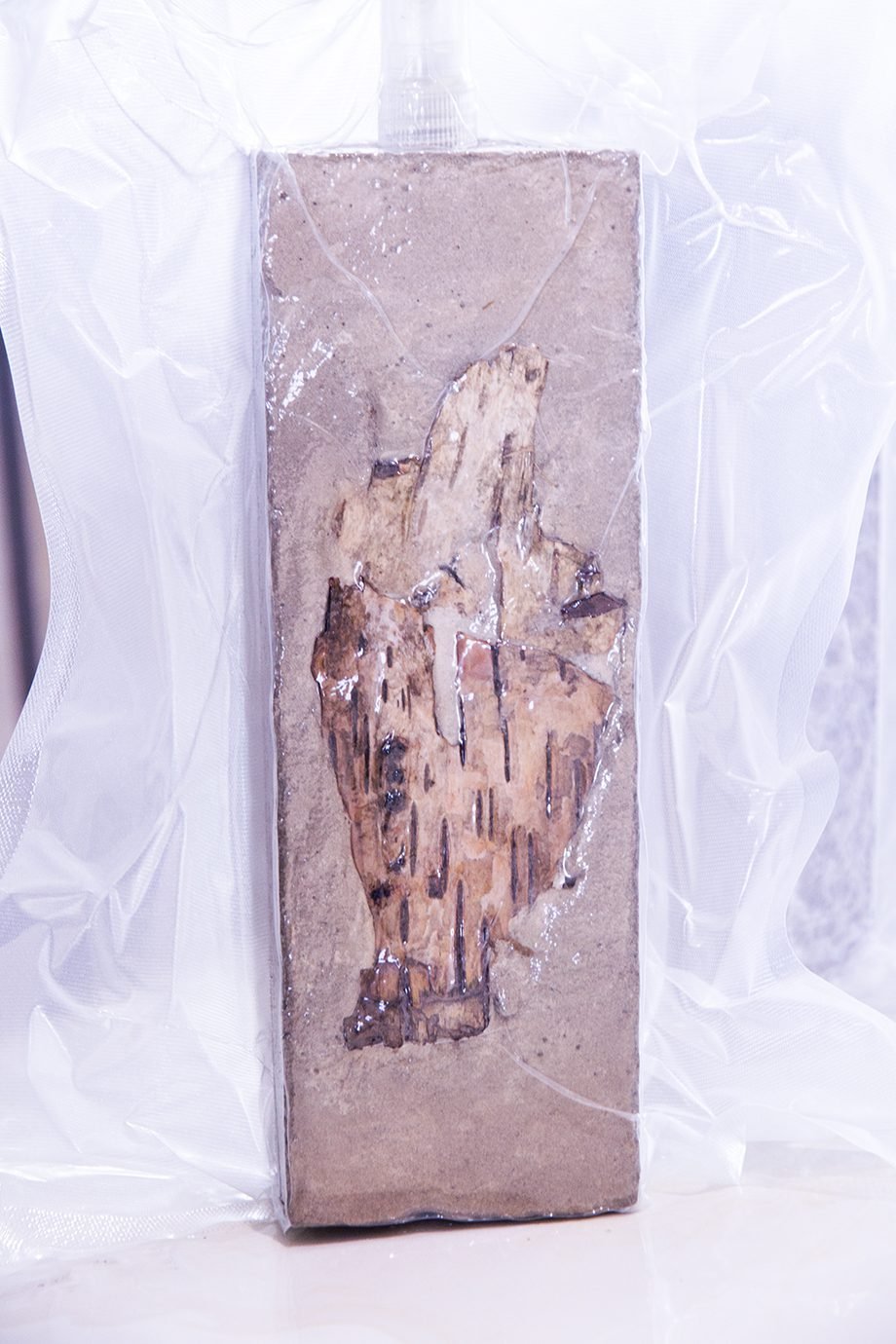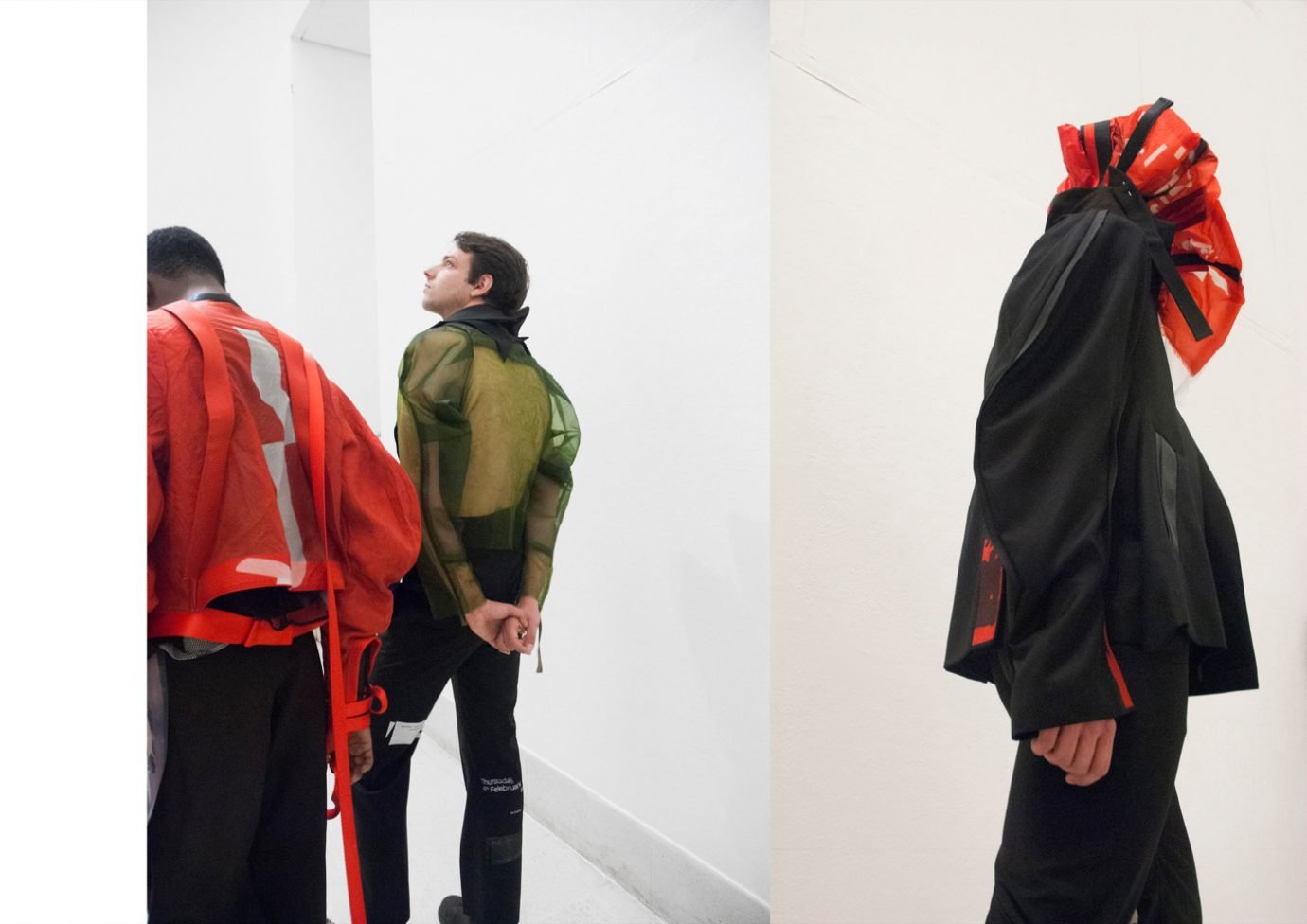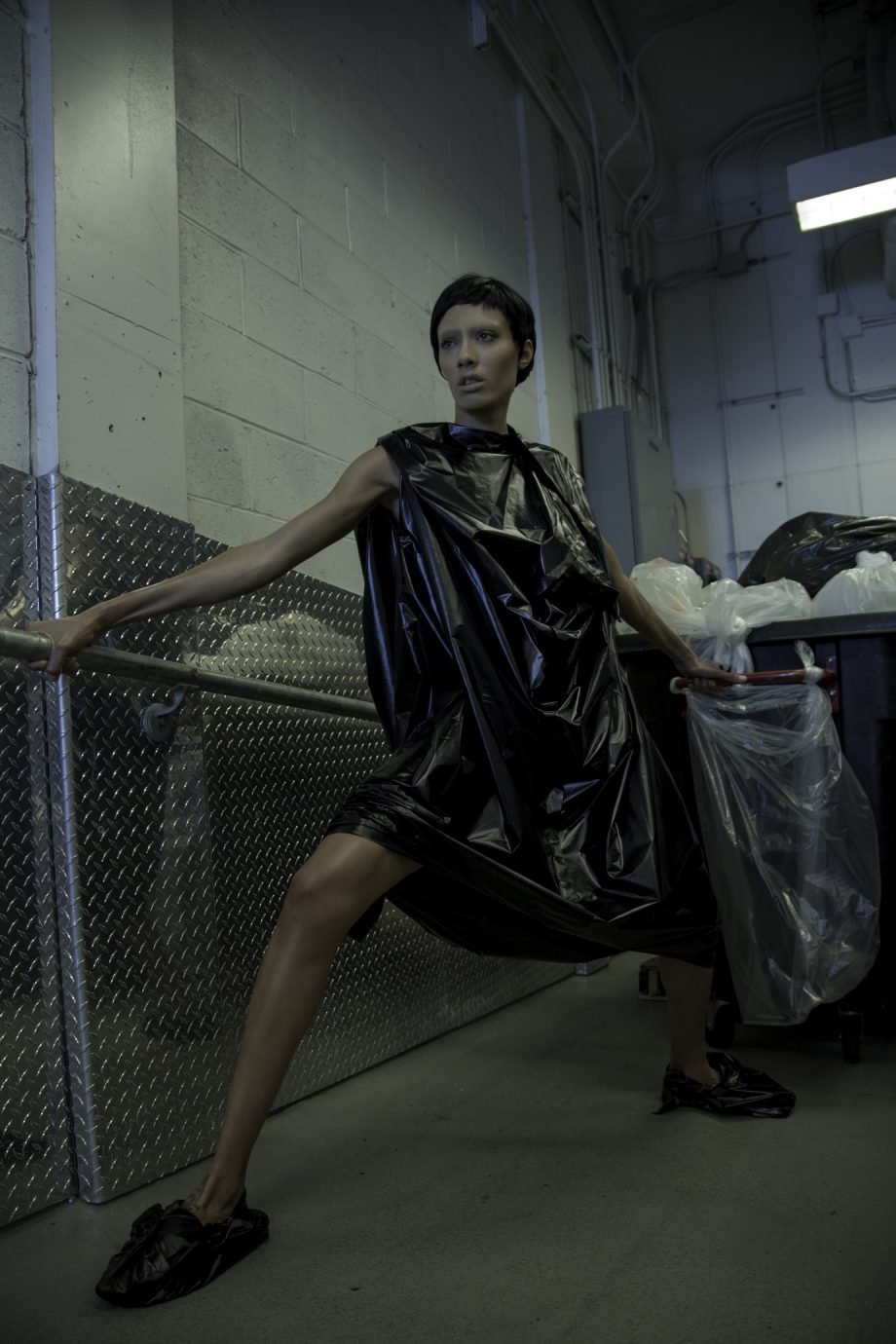Your work is loaded with different techniques — from full-sequined looks to drawings on fabrics. Why did you decide to create garments in this variety?
Techniques are rich. Why not use this richness? To make a tasty meal you also need different ingredients. Imagine you only use salt to spice it up. It will be boring. If you add some pepper, some chili, things that bring taste ….. It will be a feast and it will inspire others. I love chili. I want my work to be chili.
You’ve said your work is inspired a lot by the painter group Die Brücke. How would you image them in 2016, one century after they existed?
I think “Die Brücke” fit in the time they lived in, but times have changed and now it is our generation that has come together and creates art and fashion, fighting for something new, having common workspaces, doing artwork, expositions and fashion projects all in one. I read an interview with Tim Blanks on the Business of Fashion the other day. He said it was time for designers to tell stories again. Personal stories. This is what I believe in. And what I work for. This is what we need. And what “Die Brücke” did at their time.
The suits of Die Brücke contrasted with their radical outlook on art, nature and life. Which of their key outlooks do you agree with?
I love Kirchner – he put into paintings what I felt at the time when I made the collection. Radicalism, joy and an intense attachment to nature. Look at the paintings of the Swiss mountains, for example. I could spend summer months there to get back to the roots, paint, write, create and collect ideas for a collection. I like the way they worked as a group – I like cooperations and groups of artists and designers. I think people should work more together instead of against each other.

